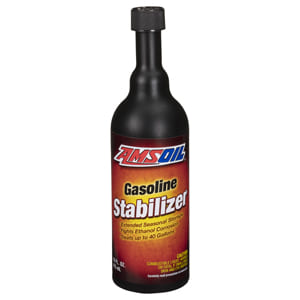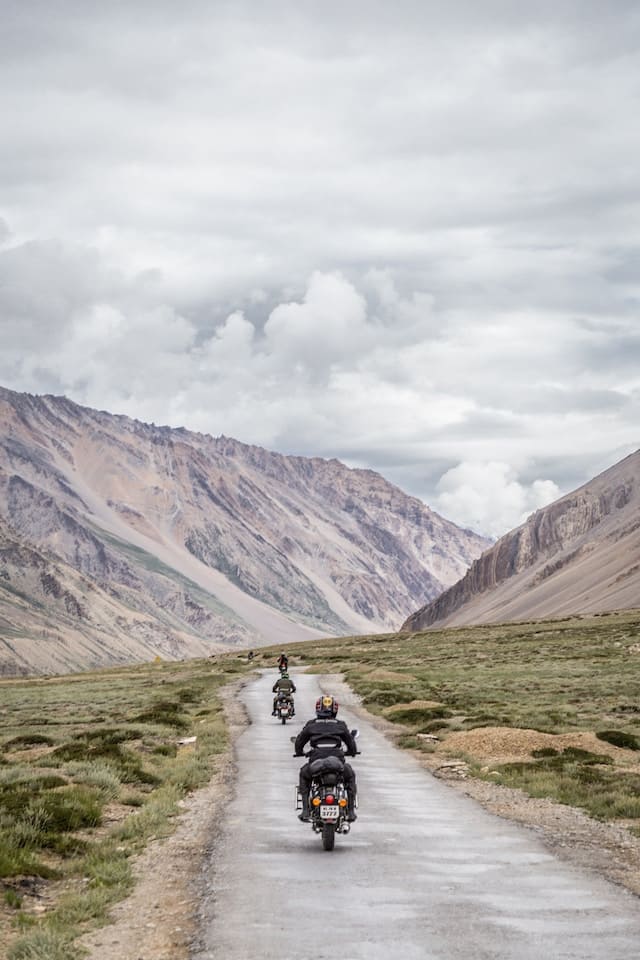If you have a thing for classic American motorcycles, you may find yourself wondering, “Are Indian* Motorcycles still made?” In response to this inquiry, the unequivocal answer is yes! In addition to the fact that Indian* Motorcycles are being manufactured today, we will also delve into the fascinating history of “America’s first motorcycle company.”
Indian* Motorcycles, an early pioneer in the American motorcycle industry, rose to the top of the market in terms of both performance and quality. Despite making it through the Great Depression unscathed, the company shut down in 1953 due to increased competition in the years after World War II.
The Hendee Manufacturing Company* was established by George M. Hendee in 1901 in Springfield, Massachusetts, and at that time it began making pedal bicycles.
With the help of Carl Oscar Hedstrom, a technical wizard, he began manufacturing Indian* bicycles the following year, selling them to the public for the first time in 1902. The dependability and longevity of the early Indian* machines with only a single cylinder contributed to their widespread adoption.
The company’s technological advancement was spurred on by its dominance in early American racing and endurance contests. Jake de Rosier, a racer who was born in Canada and had competed and won on board tracks and dirt ovals, was one of the factory riders.
The durability and performance of the Indian* motorbike was improved by the efforts of several riders, notably Charles B. Franklin. Franklin traveled 300 miles in 300 minutes on an Indian* in 1912. Cannonball Baker, an Indian* rider who traversed North America in 11 days, 12 hours, and 10 minutes in 1914, was another exceptional rider. When compared to other motorcycles of the period, all of these feats were quite remarkable.
Indian’s* first, second, and third place results in the 1911 Isle of Man Senior TT race further proved the company’s status as a top-tier motorcycle producer.
It was in 1907 that Indian* introduced the V-twin engine, which became synonymous with American motorbikes.
In 1913, they came up with the distinctive V-angle frame and front leaf spring suspension with trailing fork links that have come to be associated with Indian* motorcycles ever since. The inlet-over-exhaust design of the 6l cu in, 1000cc Powerplus V-twin engine was changed to side valves in 1915, resulting in improved efficiency and less noise.

During World War I, the United States military acquired around 40,000 V twins. Three different engines with different displacements and cubic inches were released in the early 1920s: the 45 cubic inch 750cc Scout*, the 61 cubic inch 1,000cc Chief*, and the 74 cubic inch 1,200cc Big Chief*. They were the brainchild of Charles Franklin, and they were famed for the ease of use, performance, and longevity they offered.
Indian* had become the world’s biggest motorcycle manufacturer as a result of their success, manufacturing over 250,000 motorcycles yearly. As a result of Indian’s* purchase of the failing Ace* motorcycle firm in 1927, Indian* produced the Indian* Ace*, a four-cylinder equivalent of the motorcycle formerly produced by Ace*.
The initial 77 cu in 1.265cc Four* was made possible when Indian* engineers reinforced the frame and installed two crankshaft bearings. One of the most significant achievements accomplished by Indian* was the launch of the 101 Scout* in 1928.
It was a sturdy and well-balanced piece of machinery that kept finding widespread usage in wall-of-death exhibitions. The American motorcycle market was feeling the effects of cheaper cars like the Ford* Model T*.

Due to DuPont*’s swift response before to the 1929 Wall Street Crash, the company was able to purchase Indian* holdings. The firm subsequently put a lot of money into the manufacturing of motorcycles.
The architecture of the Four* engine continued to be improved upon throughout the course of the next years. A significant error was made in 1936 when the decision was made to go from a structure of valves that had an inlet over the exhaust to one that had an exhaust over the inlet valve arrangement.
Following the completion of two seasons, Indian* went back to its original structure; nevertheless, this resulted in a decrease in revenue. In 1940, W. Briggs Weaver, who had previously worked as a designer for DuPont Motors*, was hired by Indian Motor Company* so that he could put his expertise to work for the company.

The full-fender motorcycles he developed have become historical and cultural monuments of Americana. The frames of both the Chief* and the Four* were equipped with a rear suspension of the plunger type in the same year.
During the time when the United States was actively participating in World War II, Indian* manufactured a revolutionary V-twin engine that included transverse cylinders and a shaft drive. In 1945, with the help of Atlas Corporation* financing, businessman Ralph B. Rogers was able to take control of the firm.
The generation capacity of the overhead-valve (OHV) singles and vertical twins that Weaver developed was greater than that of the V-twins.
The reputation of the corporation took a significant hit as a result of the products being sold before sufficient testing and development had been completed. The firm’s professional image did not much improve even when it reintroduced the Chief* V-twin in 1951 with a bigger engine that had 80 cubic inches and 1,300 cubic centimeters. As a direct result of taking responsibility, Rogers tendered his resignation. A manufacturing business and the Indian Sales Corporation* were established as the company’s two distinct branches by the company’s financiers (ISC.)

The Indian Sales Corporation* was under the direction of British Brockhouse Engineering* (ISC.) The company produced the Indian* Papoose* mini-scooter and imported British motorbikes under the Indian* brand.
ISC* was purchased by Associated Motor Cycles*, often known as AMC*, in the year 1960. When manufacturing of Indian* motorcycles ceased in 1953, it was followed by a period of twenty years during which motorcycles and other vehicles produced in countries other than the United States were marketed and sold under the Indian* brand name.
Floyd Clymer, an automotive journalist and Indian* aficionado, made an effort to resurrect the company when AMC* went out of business in 1968. His attempt to build a V-twin motorbike using pieces from European motorcycles ended in failure.
The Italian company Italjet* produced both horizontal twins and singles with the Indian* flag. Both Velocette* and Royal Enfield*, two British companies, provided the engines that propelled these motorcycles. The work on the project was terminated in 1970 due to Clymer’s death. The legendary prestige of the brand remained unshaken despite the events that followed.

Entrepreneurs who sought to profit on Indian’s* renown allure were consistently drawn to its branded goods. Several conflicting trademark applications were filed in the 1990s. There were rumors going around that Big Twins* would be revived and put back into operation.
The Indian Motorbike Company*, which had its headquarters in California, began production of the motorbike in 1999 after a judgement from the court.
It had a subcontractor provide it with V-twin engines, but the engines were plagued by technical issues and the business failed to turn a profit.
Five years later, a syndicate of British private equity businesses established Indian Motorcycle Limited* (IML.) Between the years 2009 and 2011, a company in North Carolina produced V-twin bikes equipped with their own unique engines. Indian Motorcycle Company* was purchased by Polaris Industries*, headquartered in Minneapolis (IML.)

It is well knowledge that Polaris Industries* manufactures off-road and recreational vehicles. They are also the owners and operators of the subsidiary Victory Motorcycles*. On August 5, 2011, the manufacturing facilities of Indian* were relocated to Spirit Lake, Iowa, and production started there.
The new “Thunder Stroke” engine from Indian* was shown to the public in March of 2013, and it has a displacement of 111 cubic inches. They started selling their newly styled bikes in August of 2013.
There is no question that Indian* Motorcycles has had a rich and eventful past over the years. They personify the mythical phoenix, showing us that it is possible to rise from the ashes.

It is anticipated that the brand will continue to prosper for many years to come after its recent success. In the not-too-distant future, we want to provide further details on more modern Indian motorcycles. In the meanwhile, stay tuned for further details…
If you own a vintage Indian* Motorcycle and want to offer your beloved bike the greatest protection possible, you should think about the advantages of using a synthetic engine oil that was created specifically for motorcycles.
A motorcycle with a high-quality synthetic engine oil will have a much easier time changing gears and will have a much easier time engaging the clutch.
Temperature may be managed and glazing can be avoided by using a synthetic motorcycle engine oil that has been properly designed.
*All trademarked names and images are the property of their respective owners and may be registered marks in some countries. No affiliation or endorsement claim, express or implied, is made by their use.
